
Top Ten Facts About the California Gray Whale in the Sea of Cortez
The California gray whale is one of the most fascinating and beloved marine mammals to visit the waters of Baja California and the Sea of Cortez each year. Known for their epic migration and gentle nature, these giants of the sea inspire awe in everyone lucky enough to witness them. Here are the top ten facts about the California gray whale and its connection to the Sea of Cortez.
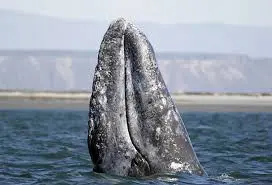
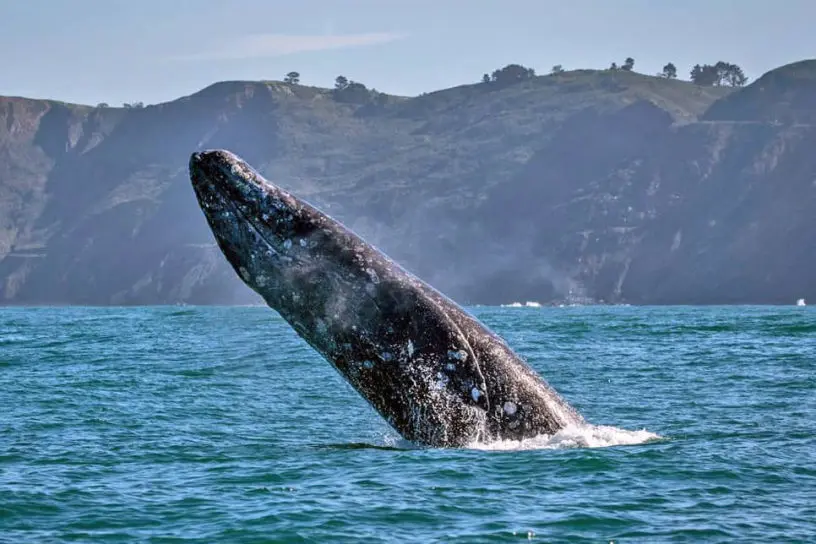

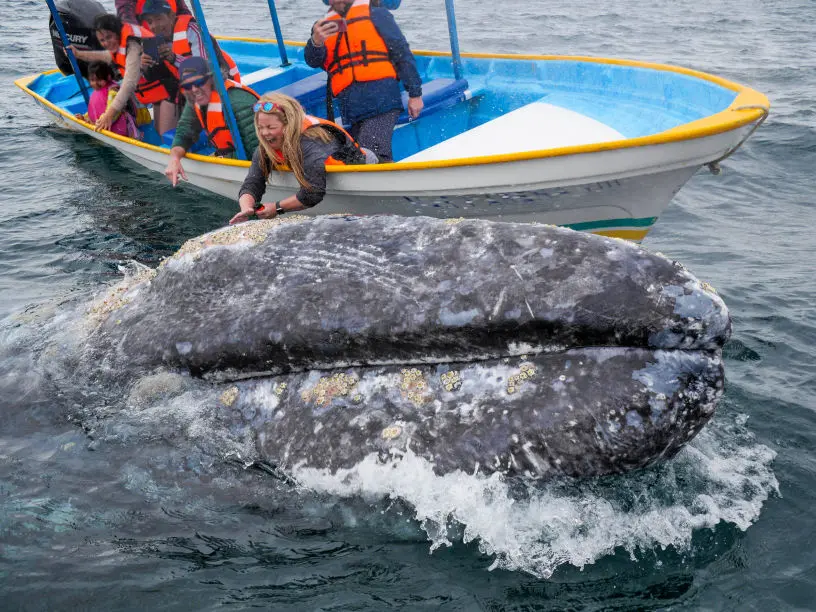
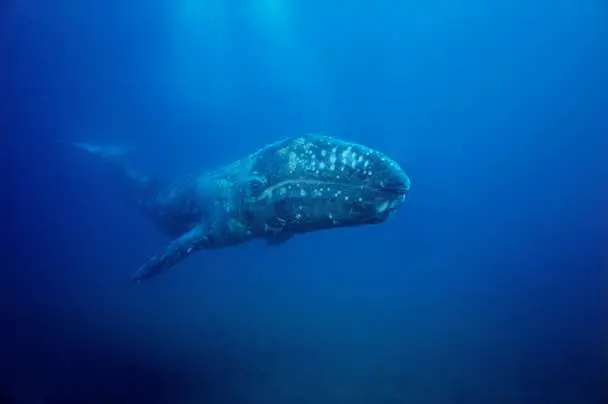

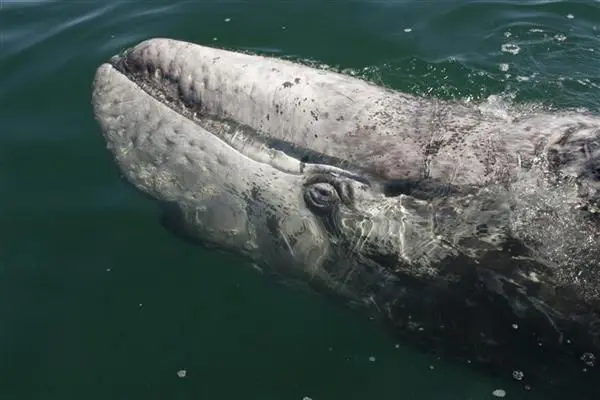
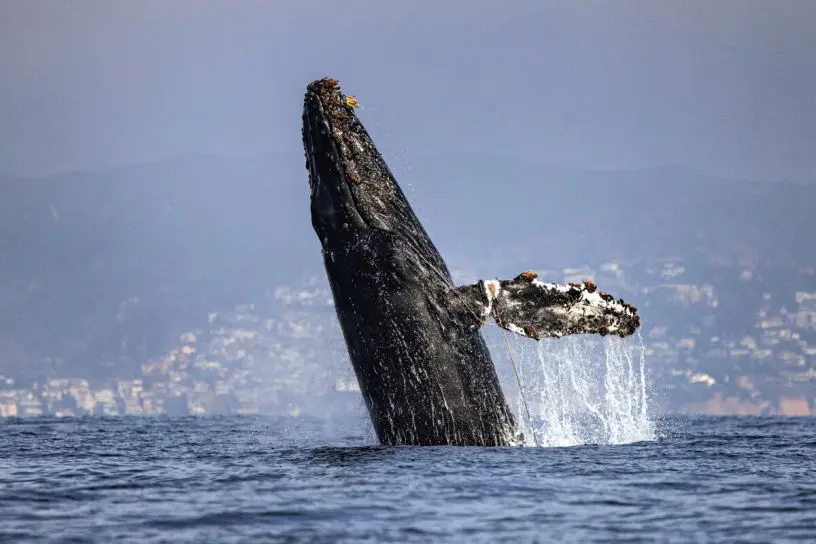

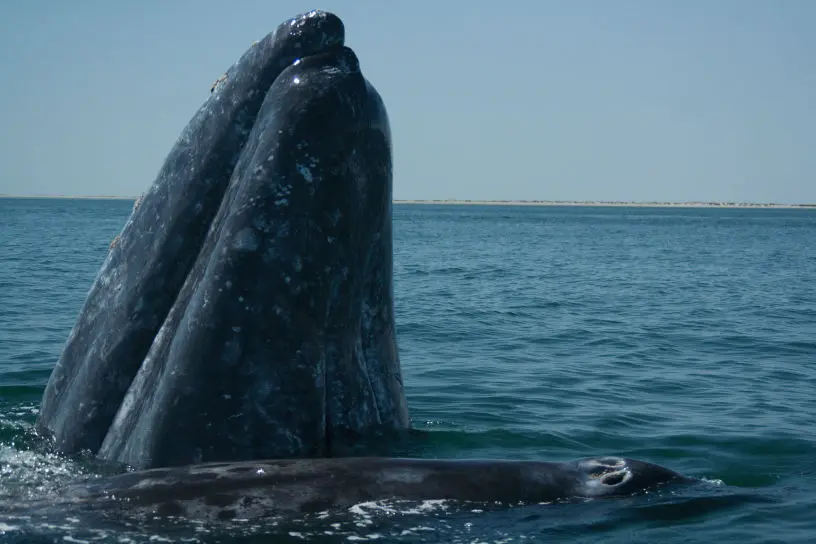
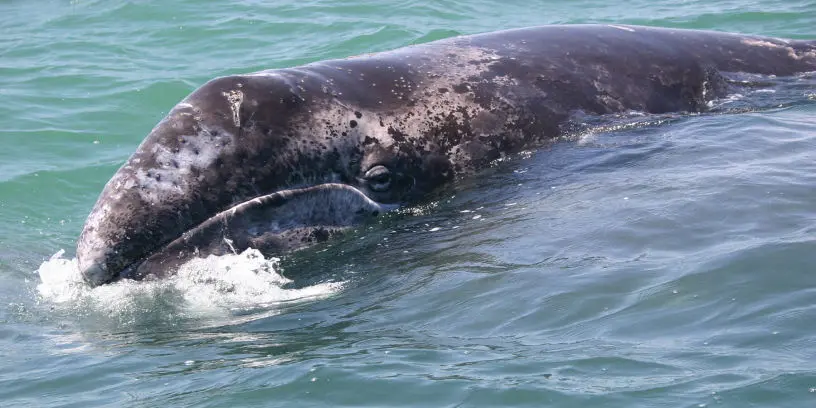
Follow Us